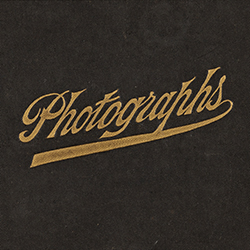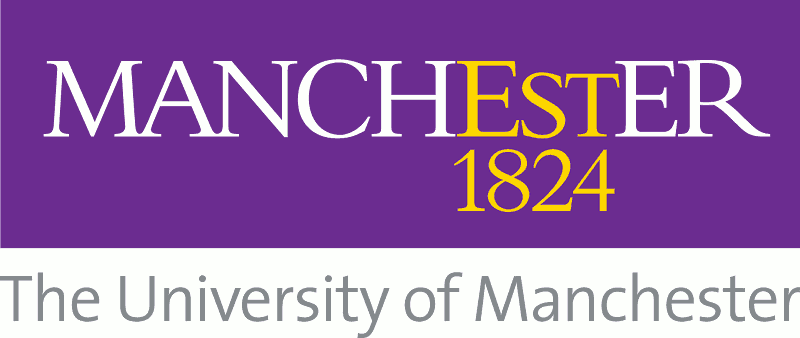Early Photographic Albums

For many the photographic album is first experienced as the family photograph album. A collection of images of familiar people, places and events, sometimes annotated with names, captions and other scraps of information. The photographic album became widespread during the latter half of the nineteenth century until the turn of the twenty-first century when the analogue was slowly replaced by the digital.
Early photographic albums are a unique visual resource. The subject matter varies widely, whether as a record of individuals and groups; to commemorate events and document wars; present scientific discovery or showcase a photographer’s life work. It is not surprising that these albums can be found in many collections and archives, but are often uncatalogued and overlooked as a useful research tool. Recently photographic albums have been recognised as being of great interest to researchers across many disciplines, including the arts, social sciences, humanities, science and medicine.
The John Rylands Research Institute and Library has excellent holdings of early photographic albums and photographically illustrated books, including work by eminent and pioneering photographers such as William Henry Fox Talbot, Roger Fenton, Francis Frith and James Mudd, as well as a number of albums by unknown or anonymous individuals.
This collection contains seven important early photographic albums and will be added to as part of the Library’s ongoing digitisation programme. Highlights of this collection include the albums The Pencil of Nature (1844) by William Henry Fox Talbot, English architecture and landscapes (c1860) by Roger Fenton, Intérieurs Anglais (1880’s – 1890’s) by Henry Bedford Lemere and West Riding Asylum, Menston, Yorkshire (1901) by Dr Thomas O'Conor Donelan. They also demonstrate multiple analogue photographic processes such as albumen, salt, cyanotype and silver gelatine prints.


